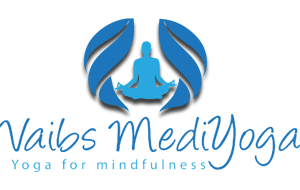Yog Nidra
Yoga nidra (Sanskrit: योग निद्रा) or yogic sleep is a state of consciousness between waking and sleeping, like the “going-to-sleep” stage. It is a state in which the body is completely relaxed, and the practitioner becomes systematically and increasingly aware of the inner world by following a set of verbal instructions. This state of consciousness (yoga nidra) is different from meditation in which concentration on a single focus is required. In yoga nidra the practitioner remains in a state of light pratyahara with four of his or her senses internalised, that is, withdrawn, and only the hearing still connects to the instructions. The yogic goal of both paths, deep relaxation (yoga nidra) and meditation are the same, a state called samadhi.

Yoga nidra is among the deepest possible states of relaxation while still maintaining full consciousness. In lucid dreaming, one is only, or mainly, cognizant of the dream environment, and has little or no awareness of one’s actual environment.
The practice of yoga relaxation [clarification needed] has been found to reduce tension and anxiety. The autonomic symptoms of high anxiety such as headache, giddiness, chest pain, palpitations, sweating and abdominal pain respond well. It has been used to help soldiers from war cope with posttraumatic stress disorder (PTSD).
Yoga nidra refers to the conscious awareness of the deep sleep state, referred to as prajna in Mandukya Upanishad.





